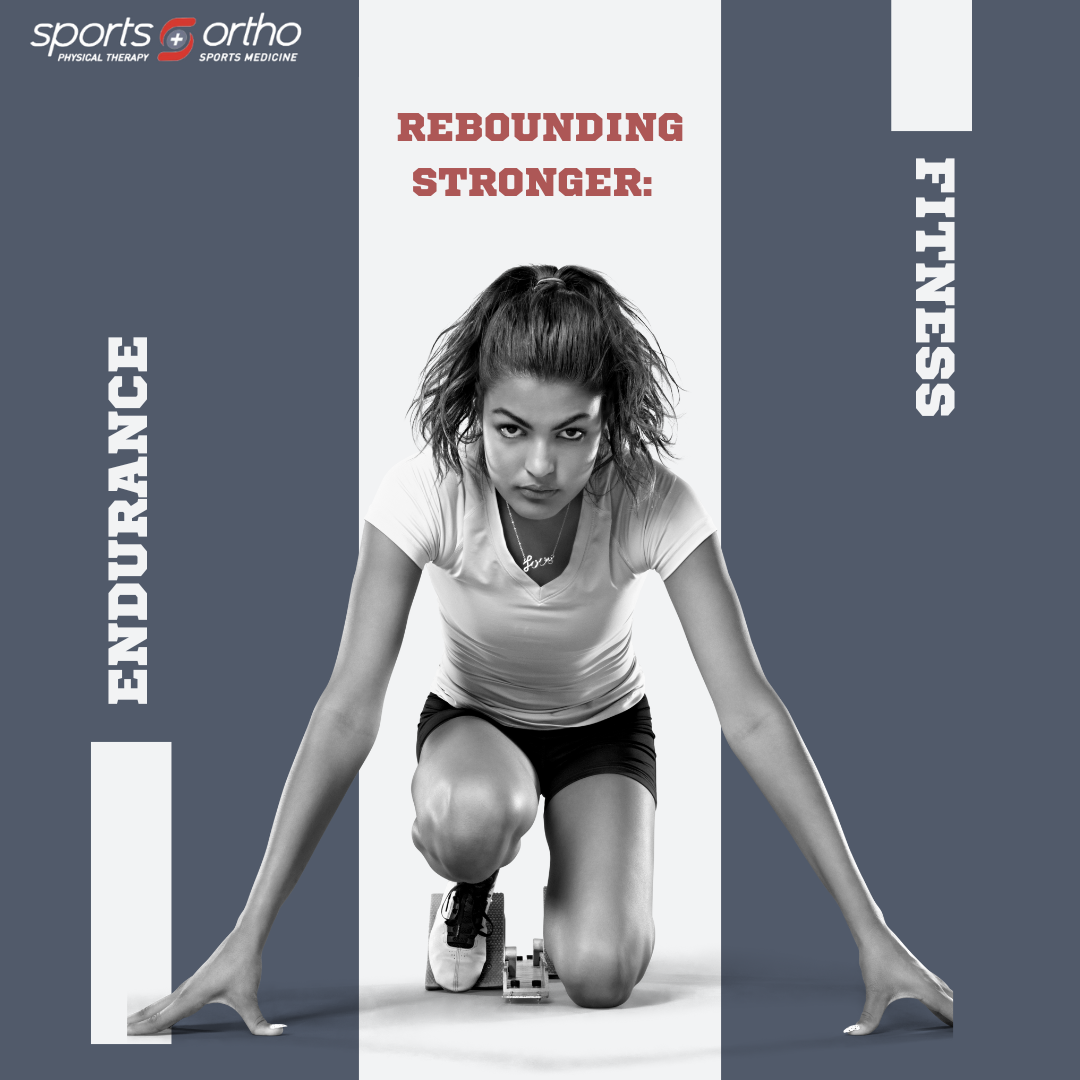Tennis Rehab
The repetitive nature of the tennis swing as well as the constant acceleration, deceleration, and change of direction associated with the game, can leave the body susceptible to a variety of sports injuries. These injuries occur in both professional and recreational players; however, they can be prevented and rehabilitated through tennis rehab in such a way that allows for a pain-free and safe return to the court.
Reasons Tennis Injuries Occur:
- Rotational Stresses Placed on the Spine
- Traumatic Force to the Body Resulting from a Poorly Executed Swing or Faulty Deceleration Mechanics
- Overuse and Over-Practice
- Muscle Imbalances
- Weak Core Muscles
Most Common Tennis Injuries:
- Wrist Injuries – Wrist injuries are fairly prevalent as a result of the repetitive nature of the swing. Muscle imbalances throughout the shoulder, weakness of the core with rotational movements, and poor swing mechanics can place a great deal of stress on the wrist over time. The most common tennis-related wrist injuries are de Quervain’s tendonitis and carpal tunnel syndrome.
- Elbow Injuries – Tendonitis (irritation and inflammation of a tendon) is the most common condition affecting the elbow. It is frequently referred to as “tennis elbow” (injury to the outer tendon). Repetitive motions, range of motion limitations, muscle weakness and imbalance, faulty swing mechanics, and incorrect grip and racquet size can all contribute to the development of elbow tendonitis.
- Shoulder Injuries – The forcefully and quick nature of the tennis swing requires the muscles of the shoulder to simultaneously control (accelerate and decelerate) the arm while providing stability throughout the shoulder’s full range of motion. Common shoulder injuries include rotator cuff sprains, tendonitis, tears, and impingement syndrome.
- Knee Injuries – Repetitive acceleration, deceleration, change of direction and impact subject the knees to a great deal of stress and force. These motions transfer rotational stresses to the knees that can result in ligament sprains or muscle strains/tendonitis and can contribute to or aggravate existing arthritis. Extreme force placed on the knee can also result in torn ligaments, most commonly the ACL and/or MCL.
- Ankle Injuries – Rapid and frequent changes in direction at high speeds during the game of tennis increases the wrist of sustaining an ankle sprain. Most commonly the ligaments on the outside of the ankle are injured; however, in more severe injuries the medial ligaments can be damaged and fracture of the tibia or fibula can occur. Factors such as muscle weakness at the ankle or hip, poor body mechanics, and/or impaired position sense can all contribute to this type of injury.
We Are Here To Help!
Through tennis rehab, our physical therapists can identify and remediate range of motion limitations, muscle weaknesses and imbalances, and incorrect or inefficient swing mechanics that may leave you susceptible to injury or prevent you from reaching your full potential. By re-introducing the various strokes (forehand, backhand, overhead serve) in a controlled and organized fashion via a “Return To Sport Program” the risk of complications and the time away from the sport of tennis can be minimized.
For more information about our tennis rehab program, Contact us at Beverly, Bridgeport, Lincoln Park, Northwest Side Chicago, Glenview, Evanston, & Oak Lawn, IL centers.




